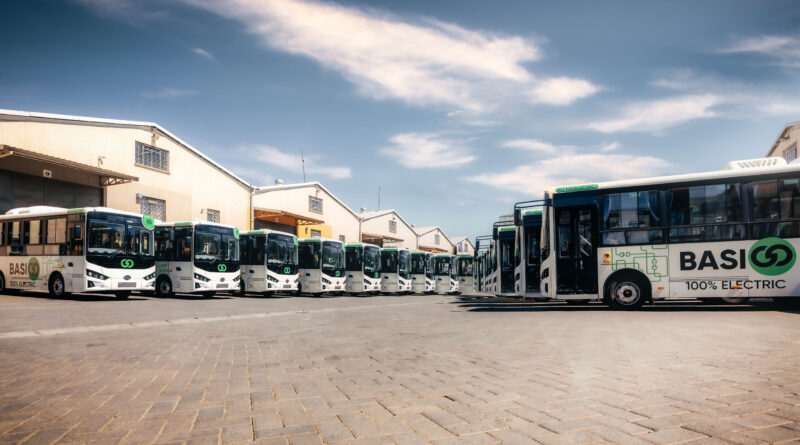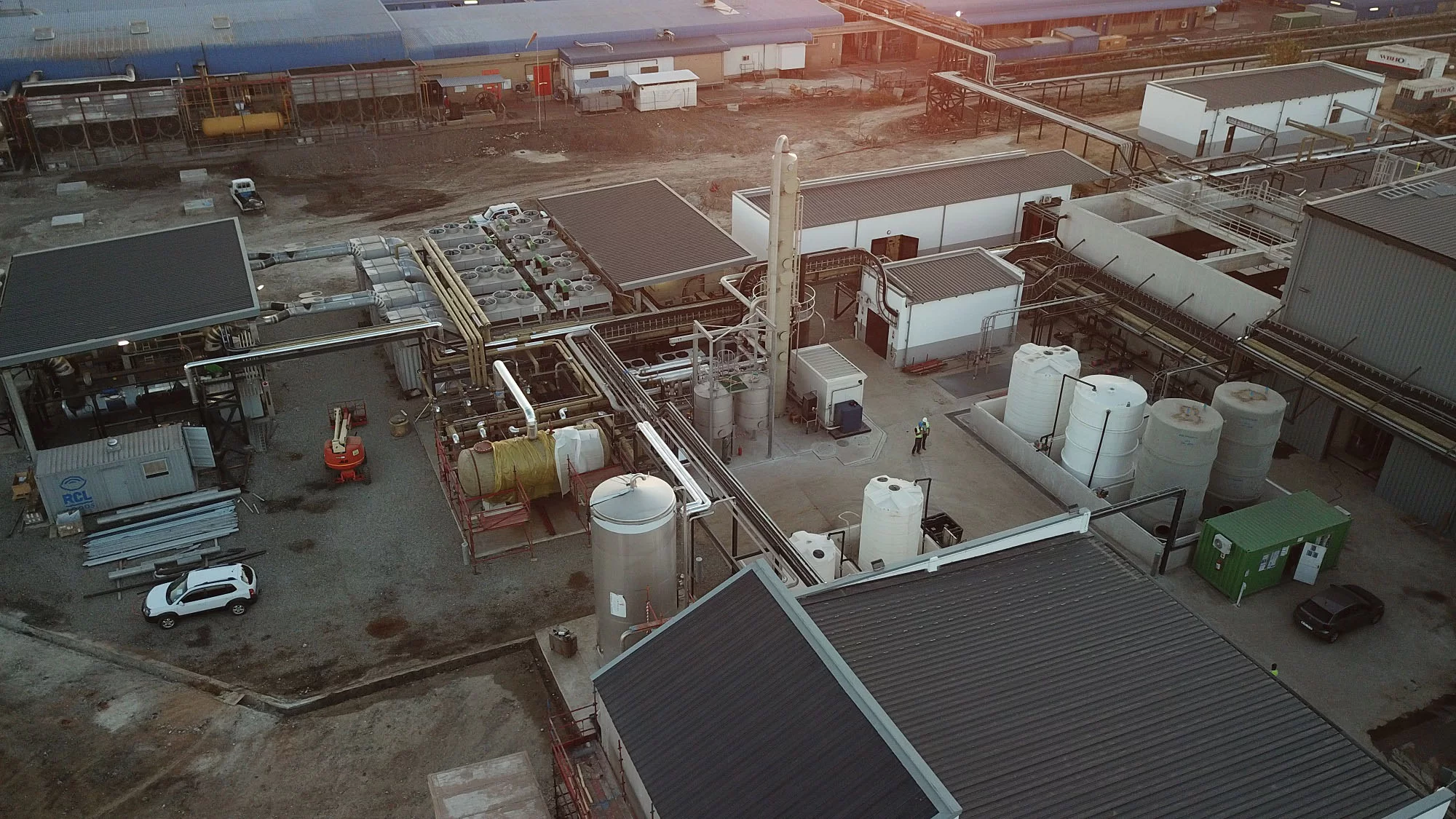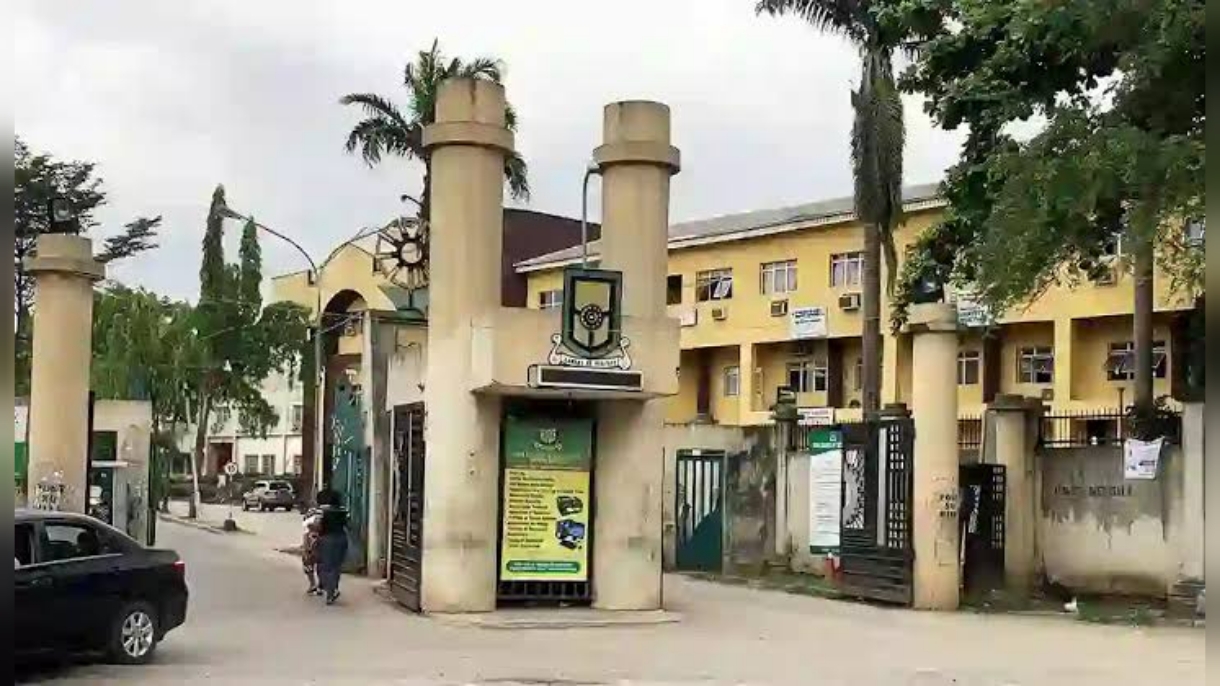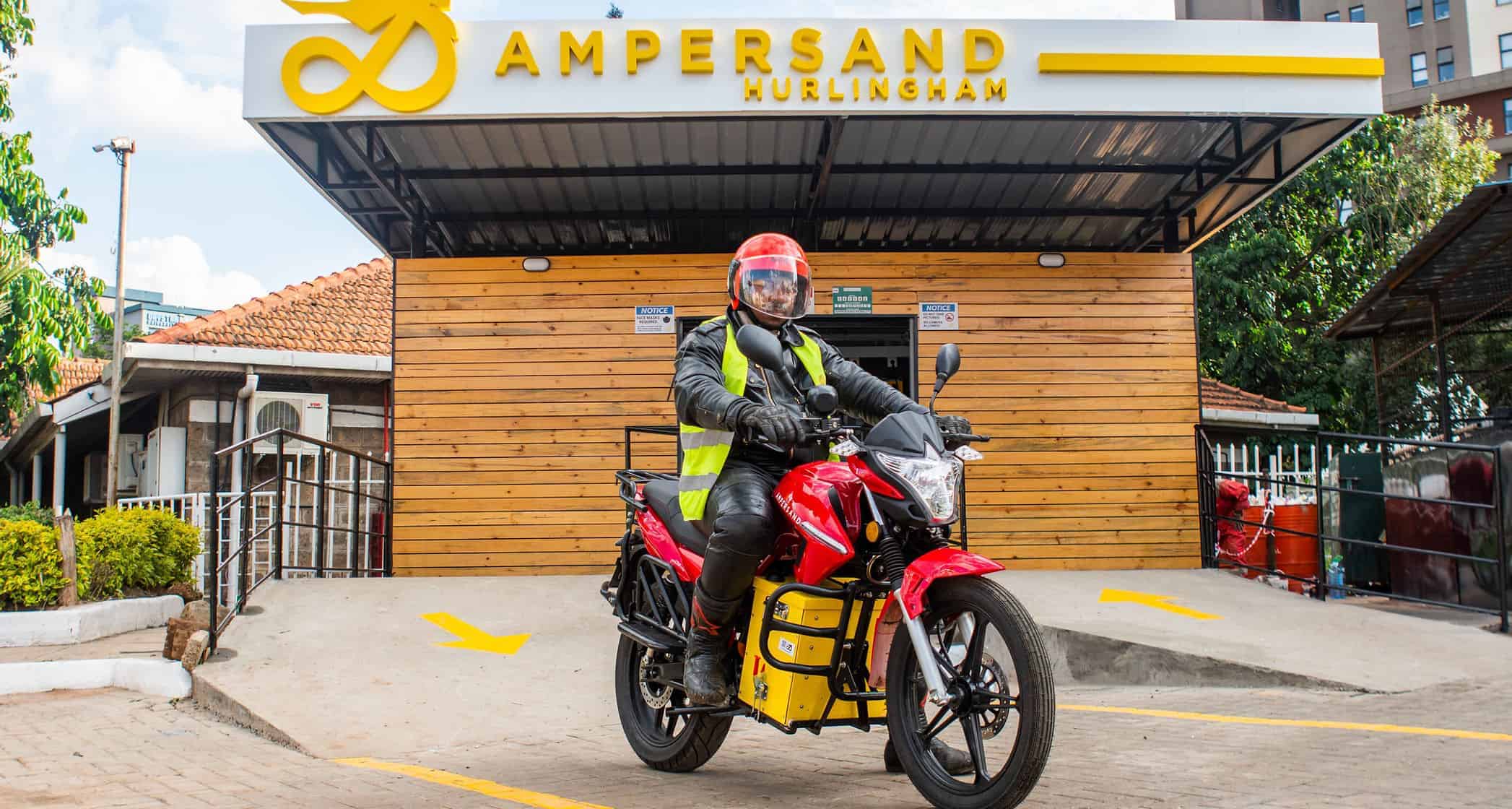Every day, Nairobi’s roads are filled with the roar of matatus and the honking of traffic. But what if the future of public transport in Kenya was powered by something quieter, cleaner, and more sustainable?
BasiGo is here to turn that vision into reality with their electric buses. As Africa struggles with rising urbanisation and climate challenges, BasiGo isn’t just building vehicles; it’s paving the road to a greener future.
In this post, we’ll embark on a “bus route” through BasiGo’s story, exploring its origins, innovations, and impact. Buckle up; this isn’t your average blog; it’s a journey with stops that highlight real change-makers, backed by fresh 2025 data.
Stop 1: The Departure Point
BasiGo’s Origins and Mission
Every great journey starts with a spark. Founded in 2021 by Jit Bhattacharya and Jonathan Green, BasiGo emerged from a vision to electrify Africa’s public transport sector.
Headquartered in Nairobi, Kenya, the company targets the continent’s heavy reliance on diesel buses, which choke cities with pollution and drain economies through fuel imports.
Bhattacharya, with his background in renewable energy, and Green, an expert in sustainable tech, saw an opportunity in Africa’s abundant solar resources to power clean mobility.
BasiGo’s mission is bold: to make Africa the global leader in affordable, low-carbon public transport. By focusing on electric buses tailored for African roads, they address key pain points like high upfront costs and unreliable infrastructure.
Since launching pilots in 2022, BasiGo has grown rapidly, securing early funding like $4.3 million in seed capital to kickstart operations.
Fast-forward to 2025, and they’ve raised $42 million in Series A funding, enabling local assembly and expansion.
What sets BasiGo apart? It’s not just about buses; it’s about ecosystem-building. Partnerships with local manufacturers like Kenya Vehicle Manufacturers (KVM) ensure buses are assembled in Kenya, creating jobs and boosting the economy.
READ ALSO:
BasiGo Named World Economic Forum Technology Pioneer
Stop 2: The Vehicle
Inside BasiGo’s Electric Buses and Services
Picture a sleek, 25-seater electric bus zipping through traffic without a puff of smoke. BasiGo’s flagship models, sourced from leading OEMs like BYD and now assembled locally, are designed for Africa’s rugged terrain and high-demand routes.
These aren’t luxury EVs; they’re practical matatus with a 250 km range per charge, perfect for Nairobi’s commuter lines.
To make adoption seamless, BasiGo offers a “Pay-As-You-Drive” leasing model, slashing upfront costs for operators.
Bus owners pay a daily fee covering the vehicle, battery, and maintenance, while BasiGo handles charging via a growing network.
In 2025, they’re installing 16 charging stations across Nairobi, with free charging and nightly inspections included in pilots.
This tech-enabled approach uses apps for monitoring, ensuring reliability in a market where downtime means lost income.
Recent expansions include inter-city pilots, like Kenya’s first electric minibus route beyond Nairobi, and collaborations with SACCOs (Savings and Credit Cooperative Organisations) for routes like Kayole-CBD.
With assembly ramped up to 20 buses per month, BasiGo is tackling a 500-unit backlog.
Stop 3: The Scenic Route
BasiGo’s Environmental and Social Impact
Here’s where the magic happens: real, measurable change. As of August 2025, BasiGo has deployed 100 electric buses across Kenya and Rwanda, a milestone celebrated just days ago.
These buses have clocked over 5 million electric kilometres, ferried more than 10 million passengers, and avoided 5,000 tonnes of CO₂ emissions.
To break it down, let’s use a quick impact snapshot table because who doesn’t love visuals in a blog?
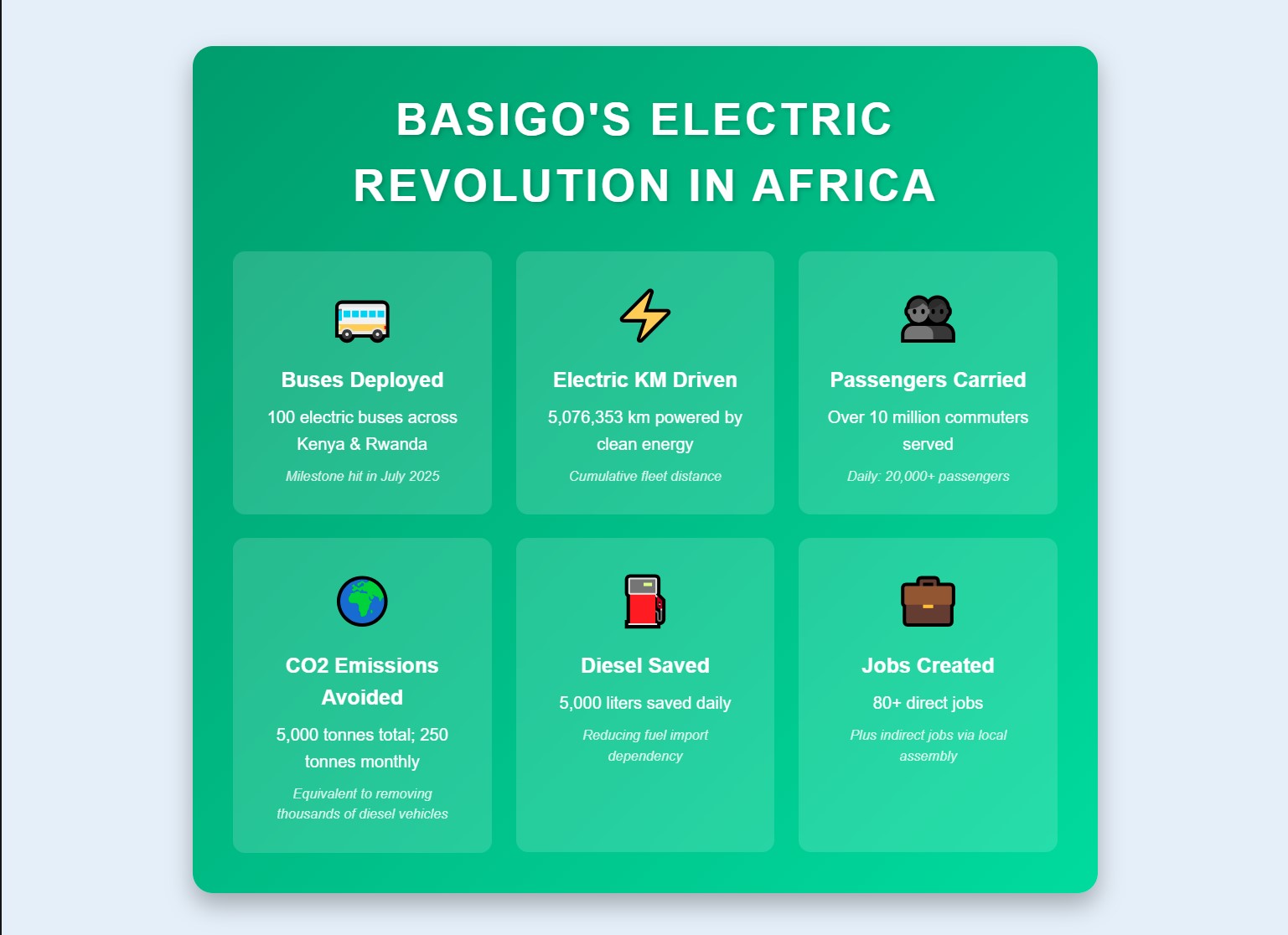
This isn’t just numbers; it’s lives improved. Cleaner air means fewer health issues in polluted cities, and affordable fares keep transport accessible. BasiGo even powered a zero-emission TED Countdown Summit in Nairobi, a global first.
Stop 4: Navigating Roadblocks
Challenges in Africa’s EV Landscape
No journey is bump-free. High initial costs, limited charging infrastructure, and policy hurdles like EV tariffs have slowed adoption.
But BasiGo innovates: Their leasing model and government incentives (e.g., subsidised EV charging tariffs) help.
READ ALSO:
BasiGo Accelerates Green Mobility with $42M Funding for East Africa’s Electric Bus Future
In Rwanda, 28 new buses are en route, showing cross-border scalability. Critics note supply chain issues, but with local assembly, BasiGo is building resilience.
Stop 5: The Horizon
The Future of Sustainable Travel with BasiGo
Looking ahead, BasiGo aims for 1,000 buses by 2026-2027, expanding to more cities and countries. Projections? By 2028, they’ll avoid 75,000 tonnes of CO₂ annually. This could transform Africa’s transport, leveraging renewable energy for a net-zero future.
Final Stop: Your Boarding Pass
Why Join the Ride?
BasiGo isn’t just saving the planet; it’s redefining mobility in Africa. From reducing emissions to creating jobs, it’s a model for sustainable travel worldwide.
Ready to hop on? Follow BasiGo on X for updates, support local EV policies, or even invest in green tech. What’s your take on electric buses in Africa? Share in the comments below!
Ronnie Paul is a seasoned writer and analyst with a prolific portfolio of over 1,000 published articles, specialising in fintech, cryptocurrency, climate change, and digital finance at Africa Digest News.
